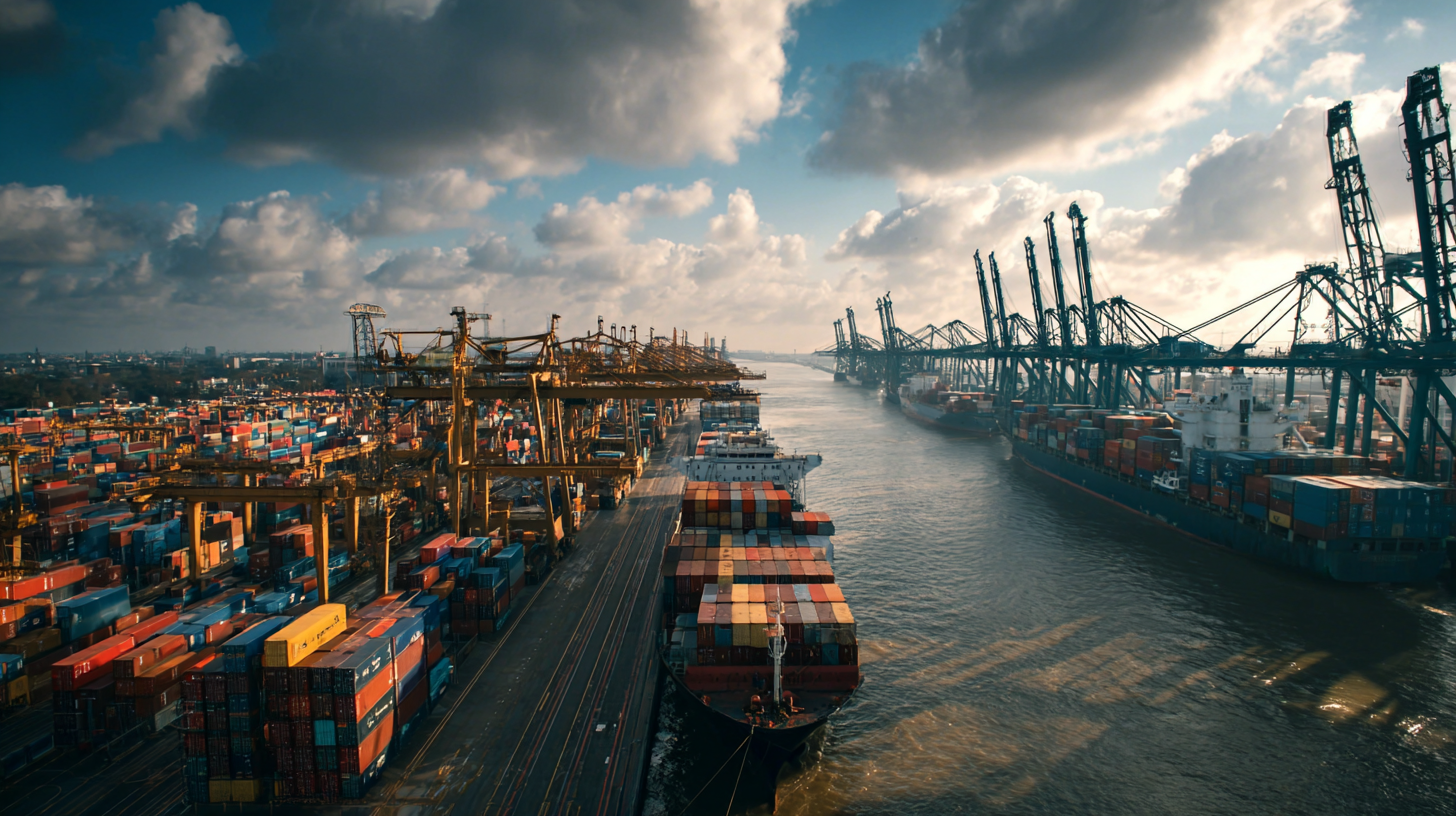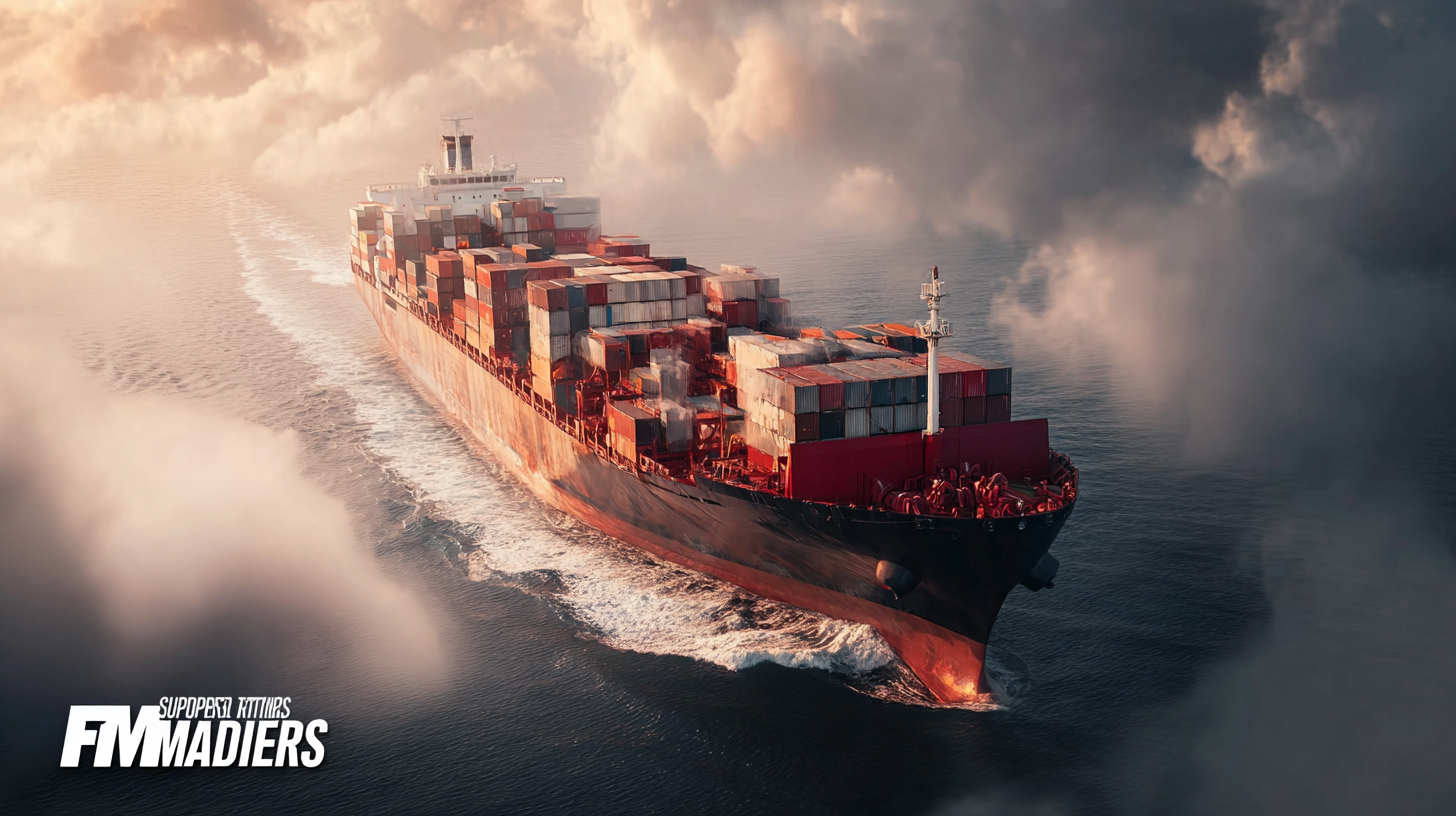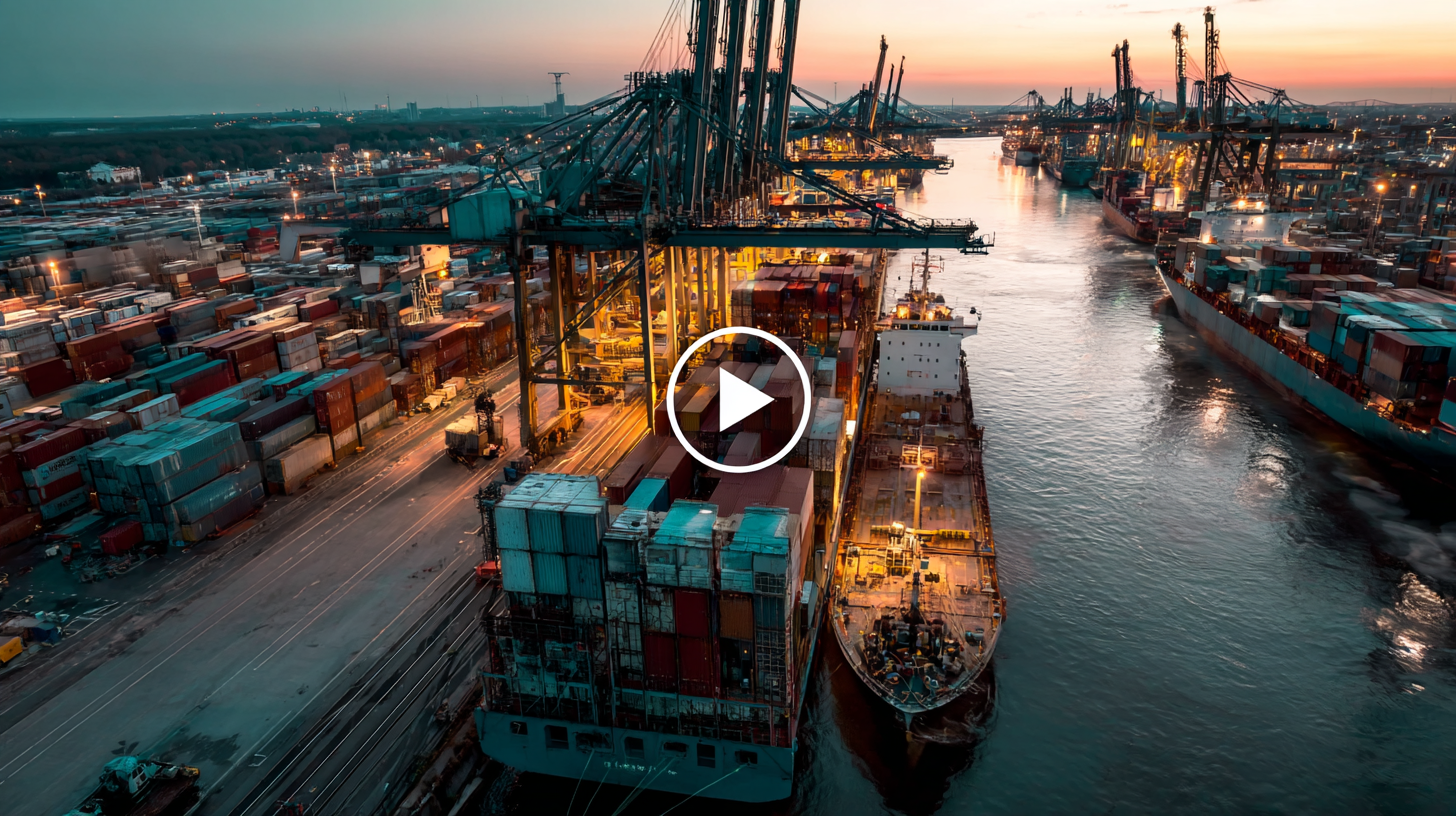- English
- русский
- العربية
- tiếng Việt
- Türkçe
- Deutsch
- 日本語
- 한국어
- ภาษาไทย
- Indonesia
- שפה עברית
- Português
- Español
- Français
- Italiano
- Nederlands
- Polski
- Svenska
- magyar
- Malay
- বাংলা ভাষার
- Dansk
- Suomi
- हिन्दी
- Pilipino
- Gaeilge
- تمل
- český
- ελληνικά
- український
- Javanese
- فارسی
- தமிழ்
- తెలుగు
- नेपाली
- Burmese
- български
- ລາວ
- Latine
- Қазақша
- Euskal
- Azərbaycan
- Slovenský jazyk
- Македонски
- Lietuvos
- Eesti Keel
- Română
- Slovenski
- मराठी
- Srpski језик

How to Navigate Import and Export Certifications with the Best Suppliers for Global Procurement
In today's global marketplace, navigating import and export certifications has become crucial for companies seeking to optimize their procurement strategies and ensure compliance across borders. According to a recent report by the International Trade Centre, global merchandise trade is expected to grow by 4.7% in 2023, underscoring the importance of establishing robust relationships with reliable suppliers who can help manage the complexities of international trade. As organizations expand their reach to capital markets and develop new supplier partnerships, understanding the certification requirements specific to each region is essential. This blog will explore practical industry case studies and provide a comprehensive guide on how to effectively work with suppliers to streamline the import and export process, ensuring that businesses remain competitive in an ever-evolving landscape.

Understanding the Importance of Import and Export Certifications in Global Trade
In the realm of global trade, the significance of import and export certifications cannot be overstated. These certifications play a pivotal role in ensuring compliance with international regulations, enhancing product quality, and fostering trust between suppliers and buyers. According to a report by the International Trade Centre, businesses that leverage proper certifications can experience a 20% increase in their international market access. This highlights the necessity for companies to navigate certifications effectively to gain a competitive edge.
Tip: When selecting suppliers, prioritize those with a proven track record of maintaining the necessary import and export certifications. This not only ensures compliance but also reduces the risk of costly delays due to regulatory issues.
Understanding the requirements and implications of these certifications is crucial for businesses aiming to expand globally. A recent analysis by the World Trade Organization indicated that over 70% of exports from developing countries are subject to at least one form of certification. This underscores the importance of familiarizing oneself with the certification landscape to streamline procurement processes and mitigate risks associated with non-compliance.
Tip: Regularly update your knowledge on certification changes in your target markets. Staying informed about the latest regulations can save time and resources in the long run, enabling smoother transactions and better supplier relationships.
How to Navigate Import and Export Certifications with the Best Suppliers for Global Procurement
| Certification Type | Importance | Common Regions | Renewal Frequency |
|---|---|---|---|
| ISO 9001 | Quality Management System | Global | 3 years |
| CE Marking | Product Compliance in EU | European Union | N/A |
| FCC Certification | Electromagnetic Compatibility | United States | N/A |
| RoHS Compliance | Restriction of Hazardous Substances | European Union, China | N/A |
| CQC Certification | China Quality Certification | China | 3 years |
Identifying Reliable Suppliers with Strong Track Records in Quality Assurance
Identifying reliable suppliers in the global procurement landscape is critical for businesses looking to ensure quality and compliance. Suppliers with strong track records in quality assurance not only mitigate risks but also foster trust within the supply chain. One effective approach to discovering these suppliers is to delve into their certifications and previous performance metrics. Certifications such as ISO 9001, ISO 14001, and other industry-specific standards can serve as indicators of a supplier’s commitment to quality processes.
Moreover, engaging in thorough due diligence is essential when selecting suppliers. Exploring customer reviews, requesting references, and conducting on-site audits can provide valuable insights into a supplier’s operational capabilities and reliability. Additionally, leveraging platforms that specialize in supplier ratings and assessments can help streamline the search for trustworthy partners. By prioritizing suppliers who emphasize quality assurance in their operations, businesses can enhance their global procurement strategies and ensure that their products consistently meet or exceed required standards.
The Role of China's Manufacturing Sector in Global Supply Chains
China's manufacturing sector plays a crucial role in global supply chains, serving as the world's largest exporter of goods. According to a Statista report from 2023, China accounted for 14.7% of global exports, significantly outpacing other manufacturing nations. This dominance is not merely a result of volume; it also reflects China’s capacity for producing a wide range of products, from electronics to textiles, while maintaining competitive pricing and quality.
Furthermore, China's strategic investments in advanced manufacturing technologies, such as automation and artificial intelligence, have bolstered its supply chain efficiency. A McKinsey report indicates that up to 70% of multinational corporations rely on China for their procurement needs, underlining the necessity for robust import and export certifications to ensure compliance with global standards. As businesses increasingly look to integrate Chinese suppliers into their supply chains, understanding these certification requirements is vital for mitigating risks and optimizing procurement strategies.

Navigating Regulatory Challenges for Smooth International Procurement Processes
Navigating regulatory challenges is a crucial aspect of international procurement that can make or break a business's global success. Companies looking to import or export goods must familiarize themselves with various certifications and compliance requirements. Regulations vary significantly by country and industry; hence, understanding the specific rules is imperative. For instance, certain products may require safety certifications or adherence to environmental standards, which can involve complex documentation and procedures.

Working with the best suppliers can ease the compliance burden and provide access to valuable resources. These suppliers are often well-versed in regulatory requirements, having established protocols to ensure their products meet international standards. By fostering strong partnerships with reliable suppliers, businesses can streamline their procurement processes, mitigate risks, and enhance their competitiveness in the global market. Staying informed about regulatory changes and maintaining open communication with suppliers is essential for achieving smooth and successful international transactions.
Strategies for Building Long-Term Partnerships with Quality-Driven Suppliers
Building long-term partnerships with quality-driven suppliers is essential for successful global procurement. One effective strategy is to prioritize transparent communication from the outset. This means regularly discussing expectations, quality standards, and certification requirements to ensure both parties are aligned. Establishing a strong rapport fosters trust, making it easier to address challenges as they arise. When suppliers feel valued and understood, they are more likely to go the extra mile to meet your needs, enhancing overall product quality and service.
Another key strategy is to invest in supplier development. This might include providing training sessions on compliance with import and export certifications or sharing insights on market trends and customer preferences. By empowering suppliers with knowledge and resources, you can help them improve their operations and quality standards. Cultivating a collaborative environment not only strengthens your partnership but also drives innovation as both parties work together to adapt to changing market dynamics and customer demands. Ultimately, the focus should be on building a mutually beneficial relationship that prioritizes quality and long-term success.
Import and Export Certifications Overview
This bar chart illustrates the number of suppliers holding various import and export certifications. Understanding these certifications is crucial for building long-term partnerships with quality-driven suppliers.
